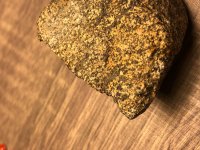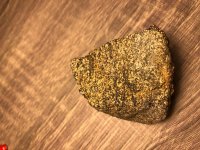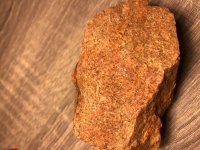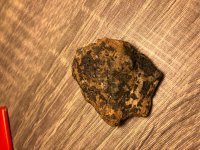I'm super new to rock identifications so a little direction and help would be appreciated! I found this rock in Maryland along a stream. I haven't done an official hardness test, but it appears very soft. Speaking of which, does anyone have a good rock kit recommendation? Or what should be included in a kit? Thank you!













